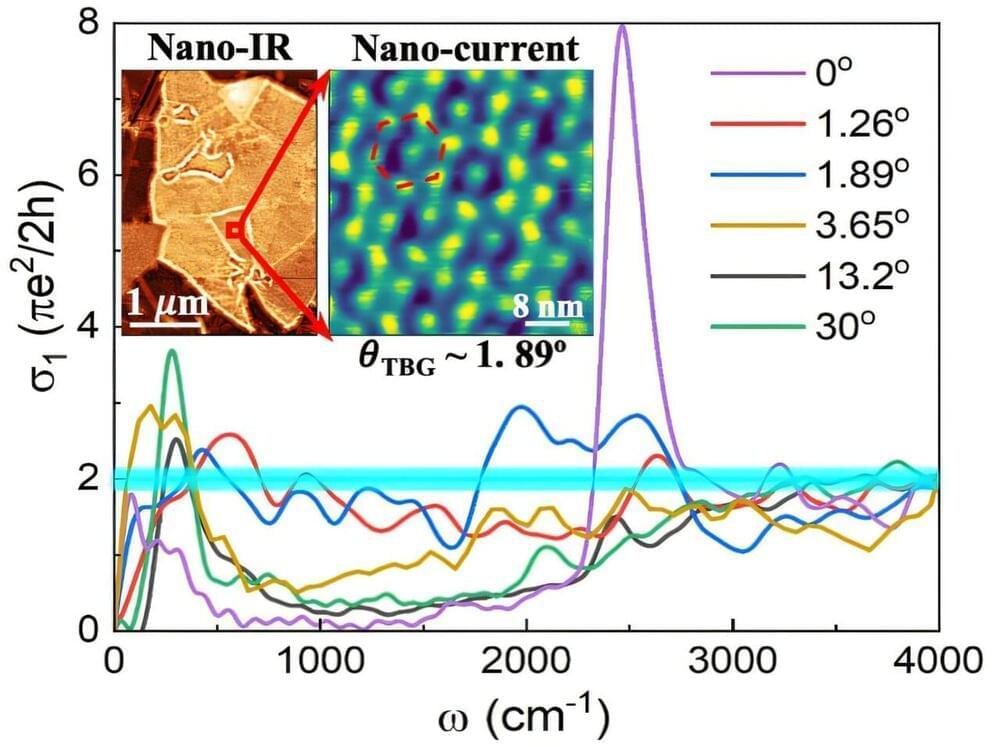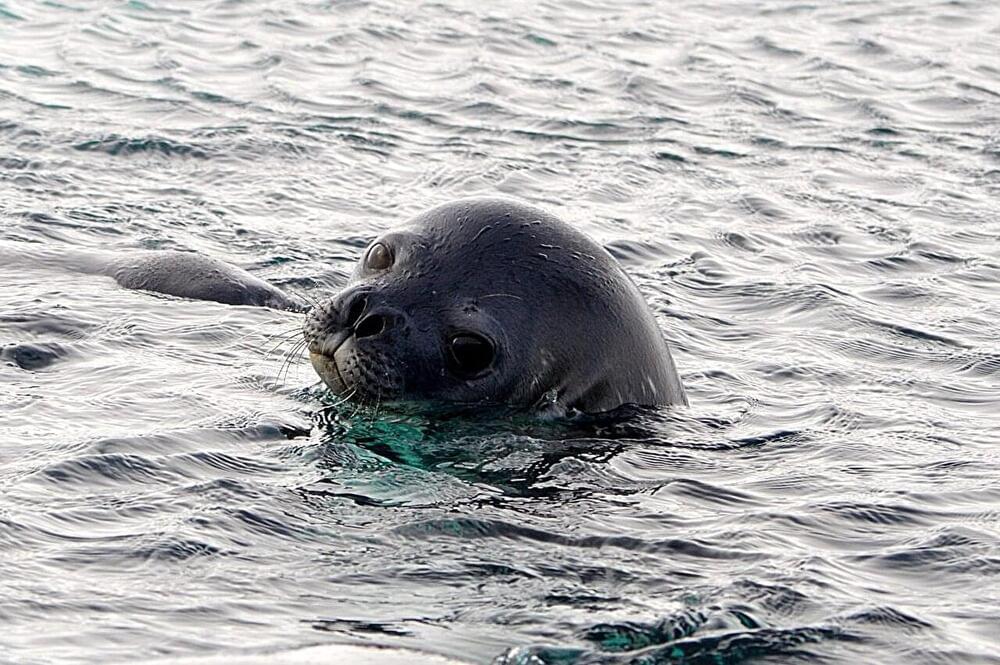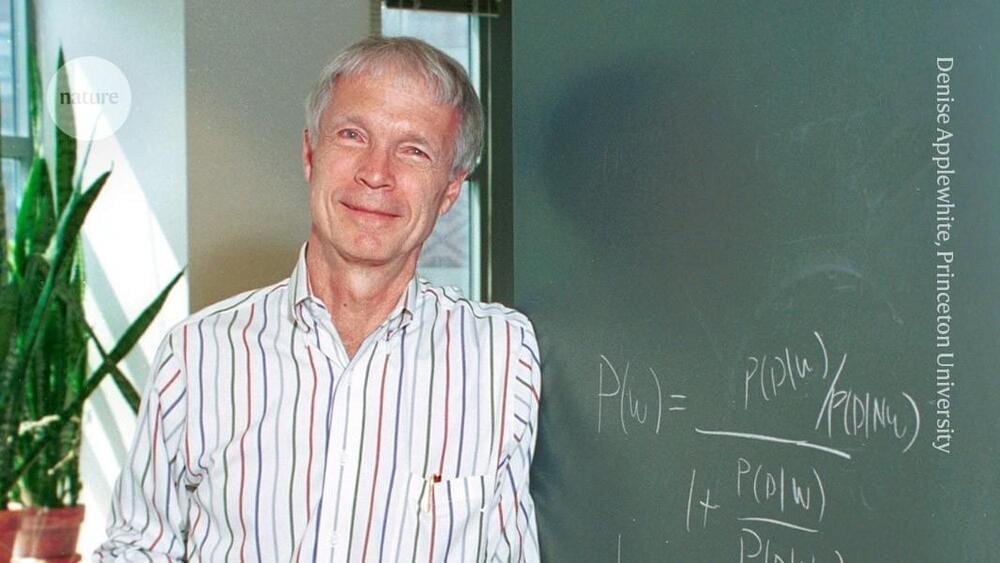When it comes to electrically conductive nanomaterials, graphene—stronger and lighter than steel and more conductive than copper—has been shown to be an excellent choice for a wide range of technologies.


❤️ Check out Lambda here and sign up for their GPU Cloud: https://lambdalabs.com/papers.
Oasis: A Universe in a Transformer — try it out now:
https://oasis.decart.ai/welcome.
More info:
https://oasis-model.github.io/
📝 My paper on simulations that look almost like reality is available for free here:
https://rdcu.be/cWPfD
Or this is the orig. Nature Physics link with clickable citations:
https://www.nature.com/articles/s41567-022-01788-5
🙏 We would like to thank our generous Patreon supporters who make Two Minute Papers possible:
Detecting exploding primordial black holes from the universe’s first second may unveil new physics.
In that moment, pockets of hot material may have been dense enough to form black holes, potentially with masses ranging from 100,000 times less than a paperclip to 100,000 times more than the sun’s, according to scientists.
Then, as the universe quickly expanded and cooled, the conditions for forming black holes this way ended.
Scientists are now claiming that PBHs may be heating up and exploding throughout the universe.

“Badass”. That was the word Harvard University neuroscientist Steve Ramirez used in a Tweet to describe research published online by fellow neuroscientist Ali Güler and colleagues in the journal Nature Neuroscience last March. Güler’s group, based at the University of Virginia in the US, reported having altered the behaviour of mice and other animals by using a magnetic field to remotely activate certain neurons in their brains. For Ramirez, the research was an exciting step forward in the emerging field of “magnetogenetics”, which aims to use genetic engineering to render specific regions of the brain sensitive to magnetism – in this case by joining proteins containing iron with others that control the flow of electric current through nerve-cell membranes.
By allowing neurons deep in the brain to be switched on and off quickly and accurately as well as non-invasively, Ramirez says that magnetogenetics could potentially be a boon for our basic understanding of behaviour and might also lead to new ways of treating anxiety and other psychological disorders. Indeed, biologist Kenneth Lohmann of the University of North Carolina in the US says that if the findings of Güler and co-workers are confirmed then magnetogenetics would constitute a “revolutionary new tool in neuroscience”
The word “if” here is important. In a paper posted on the arXiv preprint server in April last year and then published in a slightly revised form in the journal eLife last August, physicist-turned-neuroscientist Markus Meister of the California Institute of Technology laid out a series of what he describes as “back-of-the-envelope” calculations to check the physical basis for the claims made in the research. He did likewise for an earlier magnetogenetics paper published by another group in the US as well as for research by a group of scientists in China positing a solution to the decades-old problem of how animals use the Earth’s magnetic field to navigate – papers that were also published in Nature journals.

In a recent discovery, astronomers have found that the black hole in the well-known low-mass X-ray binary (LMXB) system V404 Cygni is part of a much larger structure—a wide triple system.
Many black holes detected to date appear to be part of a pair. These binary systems comprise a black hole and a secondary object — such as a star, a much denser neutron star, or another black hole — that spiral around each other, drawn together by the black hole’s gravity to form a tight orbital pair.
Now a surprising discovery is expanding the picture of black holes, the objects they can host, and the way they form.
In a study appearing today in Nature, physicists at MIT and Caltech report that they have observed a “black hole triple” for the first time. The new system holds a central black hole in the act of consuming a small star that’s spiraling in very close to the black hole, every 6.5 days — a configuration similar to most binary systems. But surprisingly, a second star appears to also be circling the black hole, though at a much greater distance. The physicists estimate this far-off companion is orbiting the black hole every 70,000 years.

This week, researchers reported the world’s second-tiniest toad, winning the silver in the Brachycephalus contest. Chemists at UCLA disproved a 100-year-old organic chemistry rule. And researchers in Kenya report that elephants don’t like bees, which could be a conservation boon (for the elephants. And maybe also the bees?). Additionally, scientists addressed an old thought experiment about monkeys and the theater, physicists correlated dark energy with the black hole population in the universe, and a group of Antarctic seals were found to be highly strategic and also adorable:
With just an iPad, students in any classroom across the world could soon reimagine the ordinary diagrams in any physics textbook—transforming these static images into 3D simulations that run, leap or spin across the page.
Metaphysics and the Matter with Things: Thinking with Iain McGilchrist was a collaborative conference put on by the Center for Process Studies (CPS) and the California Institute of Integral Studies (CIIS) in March of 2024. This three-day conference brought leading process thinkers across various disciplines, including physics, neuroscience, psychology, philosophy, and theology into critical dialogue with McGilchrist’s work in a collegial effort to assess, question, extend, and apply it. For more information on the conference and to purchase recordings, please visit https://ctr4process.org/mcgilchrist-conference/
This solar breakthrough just changed everything.
Thanks to Opera for sponsoring this video. Click here https://opr.as/Opera-browser-DrBenMiles to upgrade your browser for FREE!
Last month, Oxford PV’s breakthrough solar cell broke the efficiency world record and is the world’s first commercially available Perovskite solar panel.
How does it work? And what does this mean for the future of solar?
Thanks you so much to the team for allowing me behind the scenes into their development facility and for the free Halloween costume.
#solar #efficiency #breakthrough #physics #perovskite.
Chapters.
0:00 The Solar Power Breakthrough.
3:25 Humanity’s Journey to Capture the Sun.
8:46 How We Broke the Limit of Solar Efficiency.
13:15 Building the World’s First Perovskite Solar Panel.
17:23 The Future of Solar.
🚀 JOIN US for members-only content: https://www.patreon.com/DrBenMiles.
